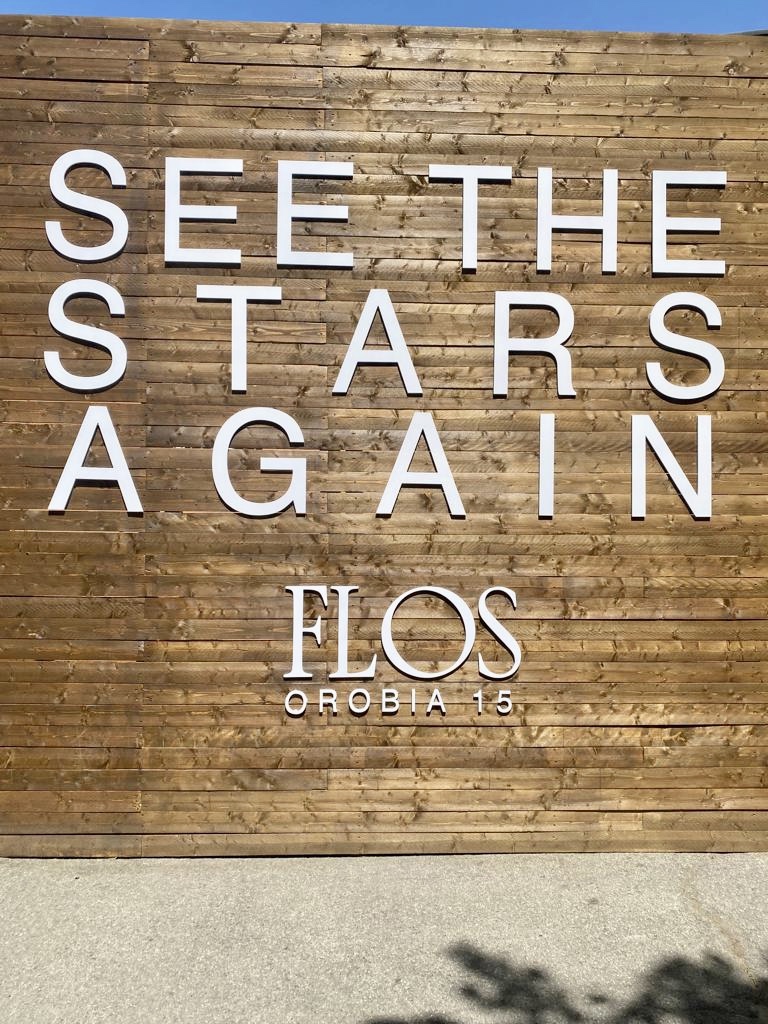Climate disaster: the closing window
A slap from the UN Environment Program report
Talking about fashion in the face of a climate disaster needs a radical attitude. Also, if we consider fashion a reflection of our society, we cannot start any discussion without setting priorities.
Climate change is the priority, and we need to understand what happens in order to make the right choices. Even when it’s about what we wear.
Climate disaster: the UN Environment Program
A few days ago, the UN Environment Program released a report which finds that “the international community is falling far short of the Paris goals, with no credible pathway to 1.5°C in place. Only an urgent system-wide transformation can avoid climate disaster.”
Are you surprised? Sadly, we are not. Sustainable is a trendy label. Indeed, we hear countless panels about sustainability because it is a popular topic. But they open their mouths just to put out words and make content for social media. No action that brings a positive impact ever follows. Therefore, they are pointless.
Furthermore, on November 6 in Sharm-El-Sheik – Egypt will be held the UN annual Conference of the Parties, COP27. There is no better opportunity to jump on a private jet and be part of a corporate event. And, this time, members participating can also enjoy a sunny place! It will be just another waste of money and resources.
What can we learn from this?
Climate change is an opportunity to drive business, and sustainability is the capitalistic response to the issue. Most sustainable brands represent a survival strategy set in place by capitalism. Indeed, corporations have flooded the market with green/organic/eco-friendly/low-impact/vegan/recycled/sustainable products. Nice buzzwords! Which, in essence, are empty claims. Misleading messages whose true face is greenwashing.
Our economic system cannot respond adequately to climate change because it is itself the cause. Buzzwords are just fluff! In fact, the negative impact of climate change grows every year.
The climate disaster calls for rapid transformation of societies and their economic system. And this transformation needs every nation and every community. All of us! Now!
Climate disaster: the closing window Read More »



